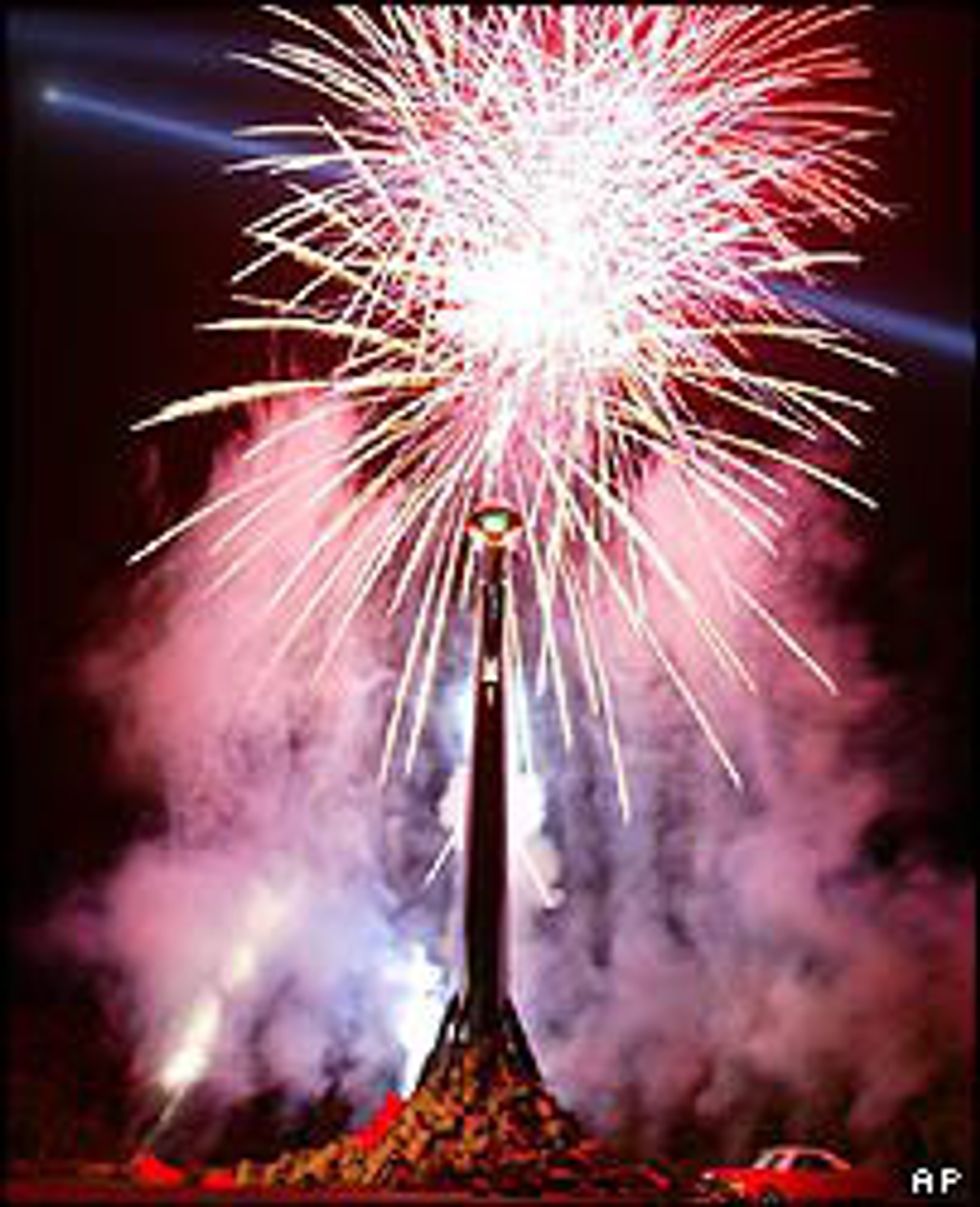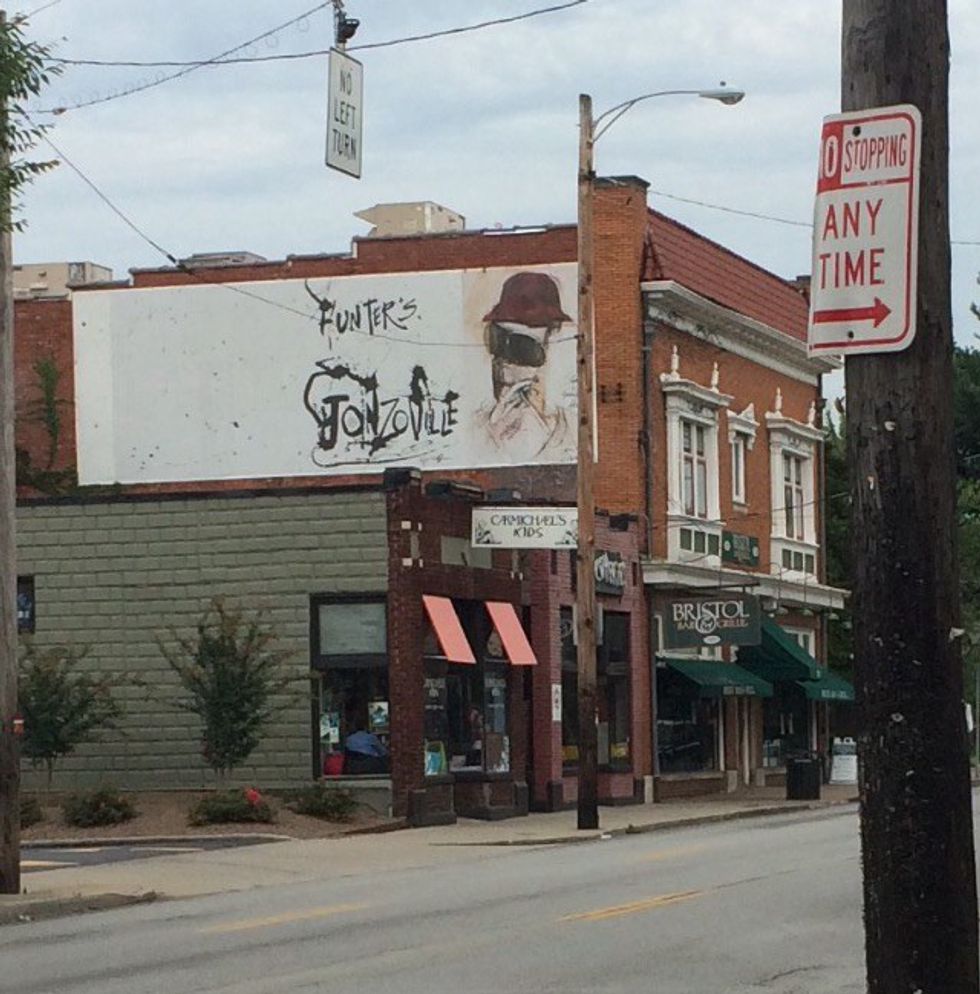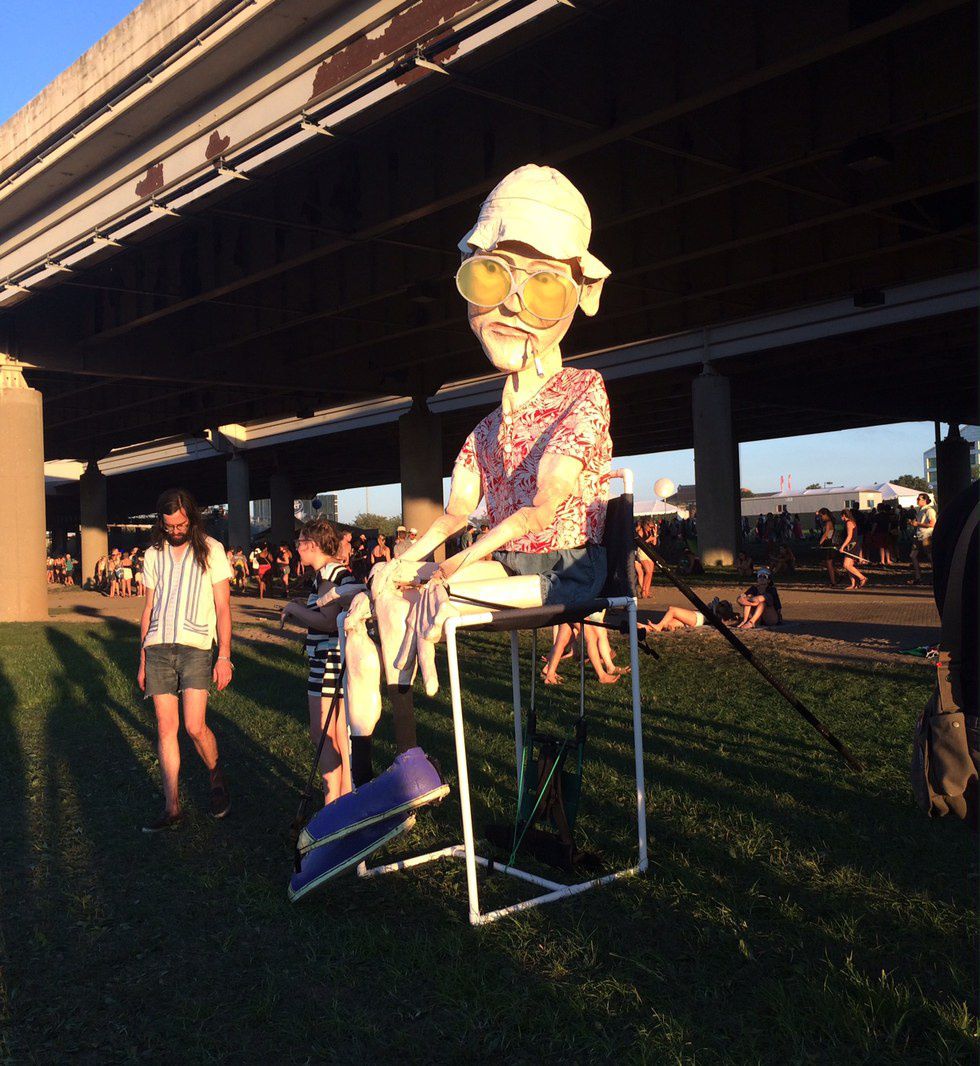One of the things I will miss most about living in Louisville is the myriad unusual cultural phenomena that infuse the city. The Oaks and Derby, Slugger baseball bats, and variety of excellent restaurants all give my city its name, but the most interesting piece of Louisville’s unique culture floats underneath the surface, less well-known to the outside world: the ghost of Hunter S. Thompson.
Hunter S. Thompson was a writer and the creator of gonzo journalism, and grew up in Louisville. The man led an interesting and rebellious life. After leaving Louisville, he served in the Air Force but was honorably discharged because, according to Col. William S. Evans, “Sometimes his rebel and superior attitude seems to rub off on other airmen staff members.” He worked for several magazines before becoming famous for his 1966 book Hell’s Angels: The Strange and Terrible Saga of the Outlaw Motorcycle Gangs, which chronicles his time living and riding with the Hells Angels Motorcycle Club. With an essay called "The Kentucky Derby is Decadent and Depraved", he invented gonzo journalism. However, his most famous work is by far Fear and Loathing in Las Vegas: A Savage Journey to the Heart of the American Dream. He collaborated closely with artist Ralph Steadman, whose drawings accompany many of his works and are emblematic of the gonzo movement itself. When Thompson committed suicide in 2005 at the age of 67, his friends and family celebrated his life and shot his ashes out of a cannon, as per his wishes.
Perhaps more interesting than Thompson’s life and death is his hitherto endless afterlife. The ghost of Hunter S. Thompson lurks in every alleyway in the Highlands neighborhood of Louisville. Prints of him are for sale in local shops, gonzo-style Ralph Steadman-esque art decorates buildings, a large puppet of him always wanders around the annual Forecastle Music Festival (which also features a Gonzo Bar), and every year in April Thompson’s life and work are celebrated in the two-day long Gonzo Fest. He even has a beer. In short, Hunter S. Thompson’s presence is ubiquitous in this city, despite the fact that he died over ten years ago and previously had not lived there permanently for decades.






















